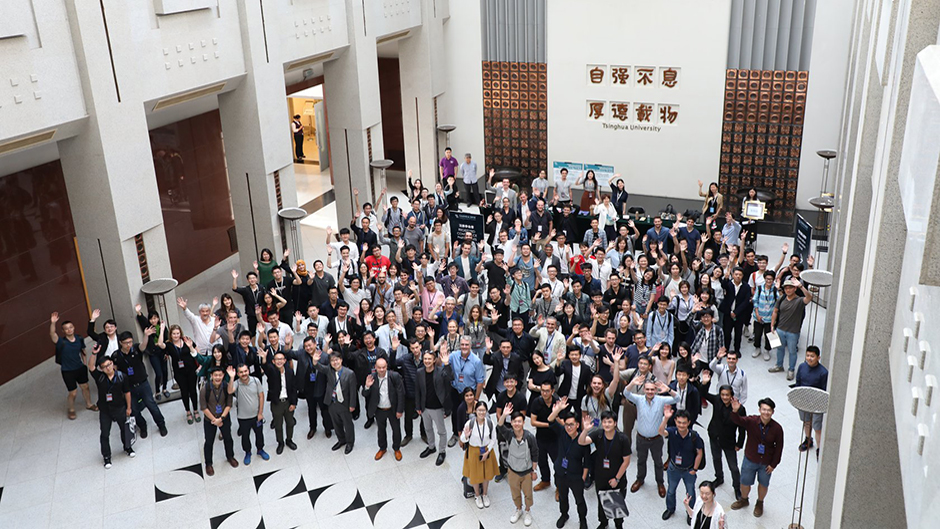Zhengrong Hu, Graduate of the Master of Science in Architecture program and Research Assistant in the RAD Lab, presents her paper at the Beijing conference (May 2018). Hu presented HALO 2.0 - LEARN FROM MASTERS: Introducing a cognitive pattern analysis tool based on gaze tracking to help understanding the key of promoting deliberate practice in architecture education.
HALO 2.0 — LEARN FROM MASTERS
Introducing a cognitive pattern analysis tool based on gaze tracking to help understanding the key of promoting deliberate practice in architecture education.
The Project:
HalO 2. 0 was the second paper motived by the Zhengrong’s research interests: architecture related human performance, inherited the same name from her first publication HalO at 2017. HalO 2.0 was intended to reframe the approach of viewing human-machine relationship from competition to mutualism approach. Through introducing gaze tracking technology to examine students and architects’ eye movements, this researched intended to study the different cognitive patterns to accelerate architecture education.
The Paper:
This paper was submitted to 2018 International Conference on Computer-Aided Architectural Design Research in Asia (CAADRIA). This year’s topic, “LEARNING, PROTOTYPING AND ADAPTING”, and presented by the author at Beijing, China this summer.
For more info: http://www.caadria2018.org/
BACKGROUND
The architectural design profession involves a process of acquiring procedural knowledge, which normally takes 15 to 30 years to master. However, architectural students lack efficient tools for getting feedback to accelerate their training. Learning from feedback, as the most critical part of performance improvement, is the ultimate aim of this investigation.
Architecture is a discipline heavily based on practice, as the goal of most architecture education is preparing the students for professional practice. Malecha (1988) wrote intensely on what contents ought to be taught in architectural education. However, he mainly viewed computational power as a tool to replace the labor of teaching introductory materials, which took technology as a medium of delivering information, rather than a medium of collecting and generating information based on the data it receives. The goal of this research is to shift the focus from the architectural curriculum — what content shall be taught — to the possibility of increasing the speed of learning using the combination of computational power and professional experience. In other words, using technology to find the different patterns of Meta learning — the awareness and understanding of the phenomenon of learning itself as opposed to subject knowledge (Biggs, 1985) — that the students and professional architects hold, respectively.

